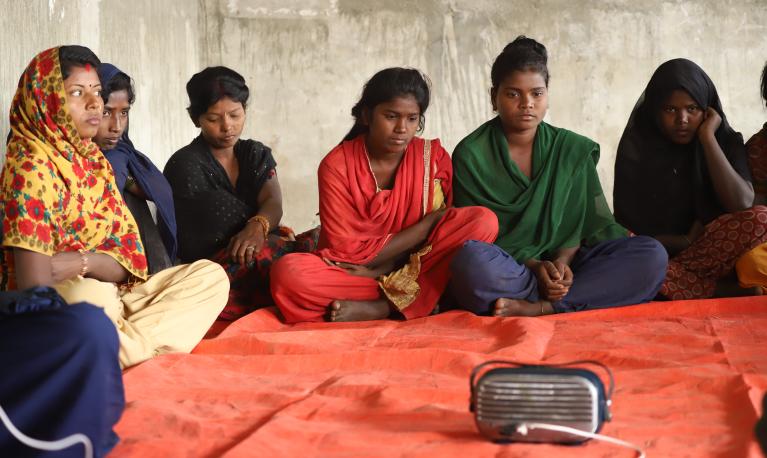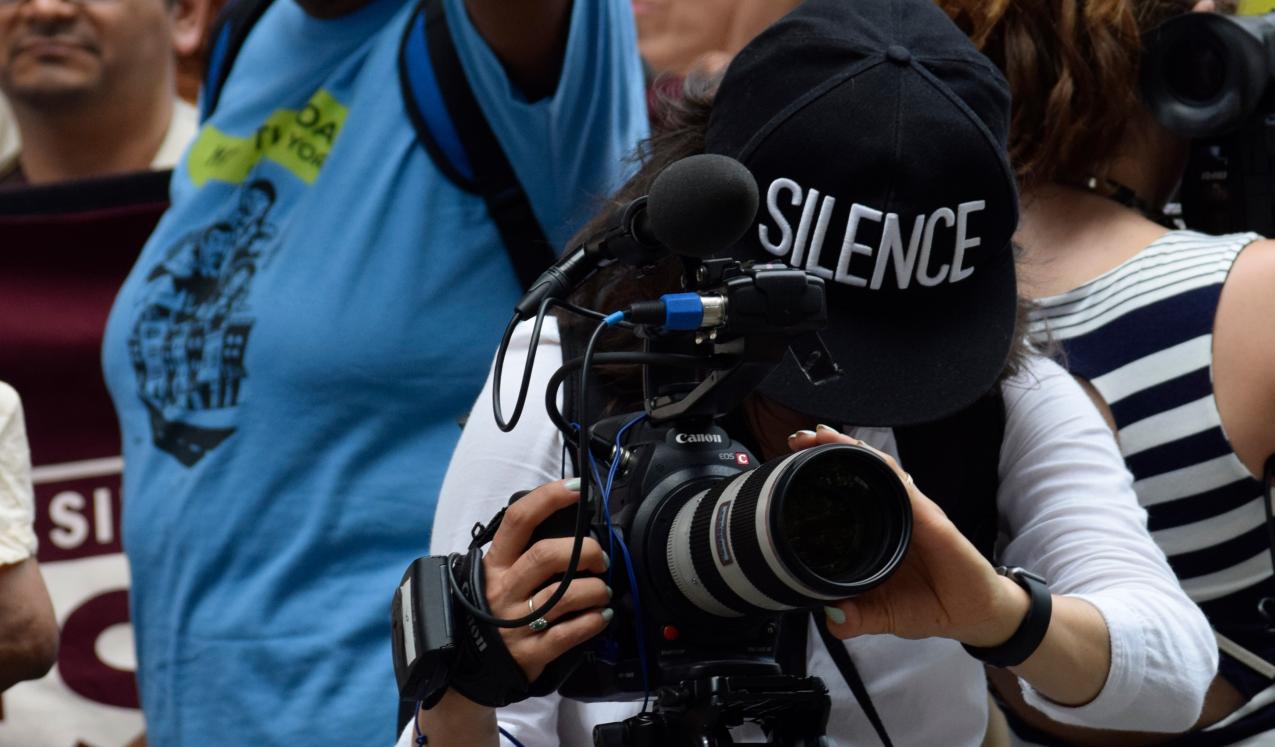
- Interview
- 6 December 2021
Past changes and current trends on gender equality in the news media: interview with Ammu Joseph
- Author: Ammu Joseph, Faria A. Nasruddin
- Published by: ALIGN
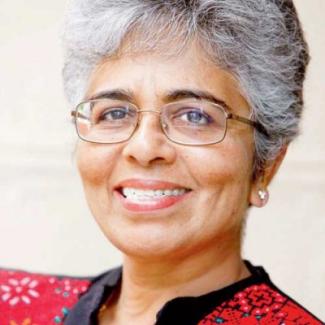
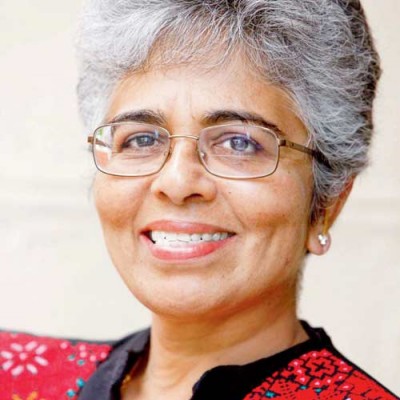
About Ammu Joseph
Ammu Joseph is a freelance journalist, media analyst and editorial consultant based in Bangalore, India. As a journalist, Ammu writes primarily on issues relating to gender, human development, as well as the media itself. She is also the author of several books on women, gender, and the media, and has supported the coordination of the Global Media Monitoring Project in India and the Global Report on Women in the News Media for South Asia. Additionally, Ammu is a champion of gender equality: she helped to found Network of Women in Media, India in 2002, and was among the main drafters of UNESCO’s Gender Sensitive Indicators for the Media in 2012.
What do you think your role is in promoting, endorsing, and changing gender norms in the news media?
"My role has naturally changed and evolved over the years. In the early years of my career, in the mid-1970s, when I was Assistant Editor of Eve’s Weekly (a popular Indian women’s magazine), I focused primarily on bringing into it the new information, ideas and concerns that were then in circulation thanks to feminism-based women’s movements across the world and in India. Looking back at editions produced during those heady days, I am amazed at how much my colleagues and I were able to accomplish and how path-breaking much of the content we were able to publish all those years ago was.
In my role as a journalist I have explored a range of gender-related subjects over the years, including a 1979 article, ‘Growing up male’, on the way patriarchal sex-role socialisation (as it was then called) adversely affects boys and the men they become. I also wrote a series of articles in the early 1980s highlighting the gender aspects of issues such as the environment, hunger and malnutrition, population, etc., which were then not seen as ‘women’s issues’ (a precursor to the concept of the ‘gender lens’ that I began to advocate about a decade later).
Then there’s my work as a writer, author and editor, associated with two books on women and media, three on women and literature and one that bring together women’s writing on terrorism and counter-terrorism across the world. I’ve also contributed chapters to a number of other books (Indian as well as international), invariably on gender-related subjects, and mostly relating to the news media. In addition, I’ve worked on several UN and especially UNESCO reports on media, gender and media, as well as gender and culture. I was one of the two principal drafters of UNESCO’s Gender Sensitive Indicators for Media (2012).
I have also worked as a teacher and lecturer in various institutions of media education – off and on from 1981 onwards. I have always made it a point to highlight the important role the media can and should play in tackling problematic social issues, including gender inequality. For three years in the early 2000s I taught a course on Covering Gender in a journalism school.
Finally, there’s my role as a catalyst and organiser of the process that led to the formation of the Network of Women in Media, India. The informal network, which has over 600 members across the country, is now nearly 20 years old and plays an important role in endorsing, promoting and changing gender norms in news media."
Are there certain practices, codes of conduct, or government regulations that you abide by? For example, is there a code of conduct for large media organisations, journalistic practices or ethics related to gender issues?
"There are various official laws, rules and regulations that apply to the news media in India. Some other laws include rules for media coverage – e.g., reporting on rape.
The Press Council of India, a statutory body meant to preserve the freedom of the press and maintain and improve the standards of the press/print media, has evolved the Norms of Journalistic Conduct that are updated from time to time (most recently in 2020). The Council has a mandate to adjudicate ‘complaints against and by the press for violation of ethics and for violation of the freedom of the press respectively’.
Unfortunately, there does not appear to be as much emphasis on ethics and standards as there ought to be.
The News Broadcasters & Digital Association (NBA), a self-regulatory body with a membership of 25 Indian news and current affairs broadcasters (representing 79 channels), has also drawn up a Code of Ethics & Broadcasting Standards. The News Broadcasting Standards Authority (NBSA) set up by the NBA to ‘lay down and foster high standards, ethics and practices in news broadcasting’, is responsible for receiving and ruling on public complaints against broadcasters with regard to content. The newer News Broadcasters Federation (NBF), which claims to represent ‘the combined interests of over 300 TV news channels’, has a ‘broad framework on editorial guidelines’ and has also set up the NBS Professional News Broadcasting Standards Organisation (NBS-PNBSO) to ‘oversee fair reporting’ in member companies.
Digital news media associations have also emerged in more recent times. The Digital News Publishers Association, for example, is an organisation of the digital arms of leading media companies of the country traditionally involved in print and/or television, and has developed a Code of Ethics for Digital News Websites. The Indian Digital Media Association is an organisation set up by digital media platforms that describes itself as a ‘pro-nation, Indian-owned, Indian-edited and Indian-controlled digital news association.’ And DIGIPUB News India Foundation represents digital-only news media organisations as well as media commentators and independent journalists active in the digital news space.
Some media houses and organisations have evolved their own codes of ethical conduct. These internal guidelines are overseen by editorial decision-makers and are likely to be more seriously implemented and therefore effective than the external codes. However, most of them are not available to non-employees. Some of the existing codes relate to coverage of gender issues, especially sexual violence.
Unfortunately, there does not appear to be as much emphasis on ethics and standards as there ought to be as part of journalism education or orientation for new joinees or during ongoing training for editorial staff in media houses. The Network of Women in Media, India, of which I am a founding member, has not developed a code of ethics of its own. However, promoting media awareness and ethics, and working towards gender equality and justice within the media and society, are among the network’s aims and objectives. There are regular queries, critiques and discussions in various network forums (online and offline) about ethical/unethical media coverage, often of gender-related matters. The network also issues statements on violations of media ethics and non-adherence to journalistic standards by individuals or organisations; many of these pertaining to gender in the media. Such ongoing activities provide members, including a large number of freelance and independent journalists who operate more or less on their own, with opportunities to think about and grapple with issues of ethics and standards, whether gender-related and otherwise. In my opinion such regular, ongoing processes are essential to inculcate a sound and evolving sense of journalistic ethics among media practitioners."
How widespread do you find gender-aware or gender-progressive practices in the industry? How do you contribute to the diffusion/promotion of these norm-change-inducing practices?
"Things have certainly improved over the past couple of decades, at least in certain sections of the media. However, much remains to be done and there are still regular transgressions by individuals, news publications, channels and online platforms. One recent example is the widespread, critical media coverage of sexist, ill-informed and insensitive remarks by the health minister of the Government of Karnataka (the state I live in) during a speech at a leading mental health institution; the issue was evidently considered important enough for editorials to condemn his absurd comments on ‘modern Indian women’.
I would like to think that some of my writings on the gender-related matters, as well as the talks I’ve given and the events and discussions I’ve participated in over nearly four decades have played at least a minor role in slowly but steadily bringing about some of this positive change. Also, while teaching or giving lectures in institutions of journalism education, I have always made it a point to highlight the need for gender-aware and gender-progressive journalistic practices; as mentioned earlier, I taught a course titled ‘Covering Gender’ for three years in one J-school."
What changes have you seen over the past 20 years regarding gender in the news media?
"At an anecdotal level I would say that gender awareness is far more widespread among more journalists today – especially but not only women journalists – than it was a couple of decades ago. Blatant sexism, stereotyping, etc., are less common, partly because such obvious bias is less acceptable to more people and is more likely to be called out publicly and strongly, on social media and elsewhere. There is more critical coverage of at least certain types of events and issues related to gender – especially sexual violence – in the news media now, on the news pages but also on the editorial, op-ed and features pages. However, there are still too many exceptions to the rule.
Progress towards gender equality had actually lost traction in the previous five years.
It is also important to note that positive general impressions are not always substantiated by research. It is a sobering fact that the Global Media Monitoring Project (GMMP), which has been keeping track of gender in news coverage every five years since 1995, recorded extremely slow progress even at the global level until 2015, when the situation evidently got worse. The project’s findings on key indicators suggested that progress towards gender equality had actually lost traction in the previous five years. The latest (sixth) GMMP Report, captures the findings from the GMMP’s September 2020 analysis of gender equality in the news, and reveals a mixed picture of progress, stagnation, and regression at the global level.
According to the report, it is likely to take at least 67 more years to close the average gender equality gap in traditional news media worldwide! No country or region in the world is even approaching gender equality in terms of people portrayed as subjects and sources in news content.
While the past five years have seen small incremental changes towards parity, the overall pace of change evidently remains glacial across much of the world. According to the GMMP 2020 India Country Report, the status of women in media has been set back sharply, possibly due to ‘the severe impact of economic hardships and Covid policy outcomes’.
Another recent study, The Missing Perspectives of Women in the News, commissioned by the Bill & Melinda Gates Foundation, conducted by AKAS consulting and hosted by the International Women’s Media Foundation, involved five months of looking at trends in six English-speaking countries, including India. That study found that, although women make up half the world’s population, they comprise 39% of journalists and just 26% of journalism leadership globally. They are also grossly under-represented in media coverage, including news headlines. In India, for example, women’s voices were quoted in only 14% of the online news stories analysed in 2019. On high-profile beats such as the economy, the share of men’s voices was up to 31 times higher than that of women."
Looking at predictions for the future – do you anticipate that media practices will change in the future to better achieve gender equality?
"With the news media currently in a state of flux, and precarious on many fronts, it is difficult to predict the future. At this particular moment in time it is sobering, and saddening, to consider what has happened to the many brave, dynamic, highly motivated and dedicated women who have been working in the media in Afghanistan over the past couple of decades. That may be an extreme case but political, economic and socio-cultural developments in several parts of the world, including India, point to a perilous and insecure future for independent media and media professionals.
It will not be possible to push the genie of women’s empowerment back into the bottle.
The new communications technologies, which were expected to enhance access to and the constructive use of media by a wider range of people, including women and other marginalised communities, thereby promoting and strengthening democracy, have not been the solid and dependable force for good that was expected. Lots of women have no doubt been able to use digital and social media to make their voices heard, work, connect, organise and resist; but many have also been severely harassed and abused by means of the same media.
Nevertheless, it will not be possible to push the genie of women’s empowerment back into the bottle, no matter what; and the same is true for the growing recognition, acceptance and enfranchisement of trans/non-binary people. Women and their allies, including many in the media – men among them – are likely to continue pushing back against regressive attempts to put the clock back. So I do think there is still hope, which Palestinian post Mahmoud Darwish describes as n ‘incurable malady’, and without which we cannot but perish."
- Tags:
- Broadcast media
- Countries / Regions:
- India
Related resources
Interview
15 December 2021

Interview
7 July 2020
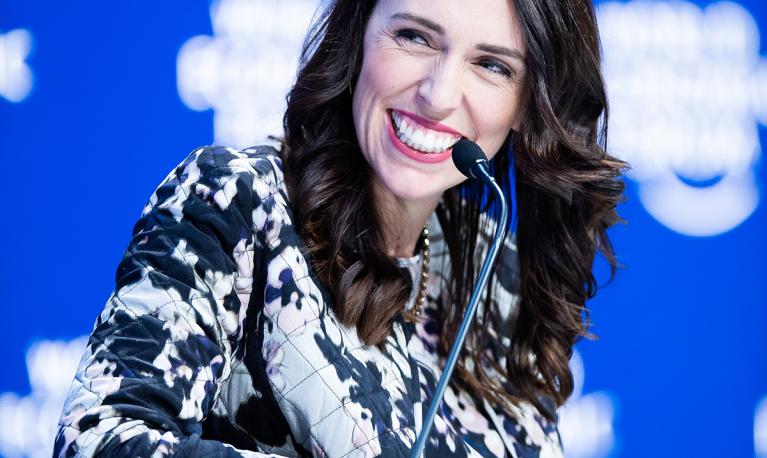
1 January 2022
